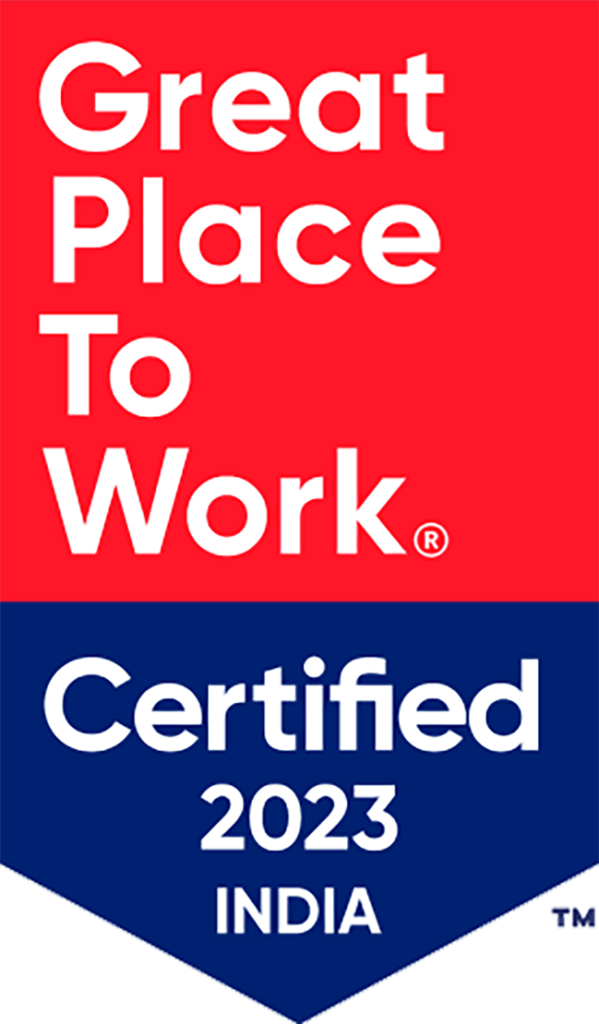If businesses have learned one lesson during the uncertainly of the current pandemic, it’s that data is essential to making sound business decisions during rapidly unfolding events. Given the value of being better prepared for future crises, it’s worth trying to extract what you can learn from your numbers historically and during this past year, with all its starts and stops.
An MSP’s current and past financial health are key indicators of its long-term growth potential. It shouldn’t surprise you that I suggest you rely on financial data points for decision making, keeping your emotions from taking the driving seat in times such as the ongoing crisis.
1. Know where you stand
Dig deep into your data to slot yourself into: Survival Mode” (the case when you have enough cash for survival), “Restructure Mode” or “Strengthening Mode.” Key metrics to help put yourself in one of these modes would be gross profit percentage (the margin earned on a product or service after applying the total production cost to the revenue earned) and break-even analysis.
If you are a comparatively new MSP, a break-even analysis is a great tool to determine your cost structure or the number of SLAs you need your clients to sign to cover costs. The break-even analysis also helps you examine the relationship between the fixed cost, variable cost, and revenue.
If all the metrics mentioned above don’t look positive, exam three scenarios—best case, mid-case, and potentially the worst case—from a purely finance perspective. As you plot out the next few months, let the numbers mentioned above drive your restructuring and product launch plans.
2. Follow best cashflow practices
Many MSPs have cash flow problems. Usually, these problems come from pricing jobs too low or from not following best practices in billing and collections. Many MSPs think that they can solve any cash flow problem by selling more. That technique will work, but only if you are able to get the target profitability on each client and make sure that you’re pricing SLAs correctly. However, if you sell low-margin staffing services, this will definitely extend your cash flow problems, not solve them. In order to price your services/products correctly, stick to the best cashflow practices such as:
- Paying close and regular attention to all the metrics mentioned earlier.
- Making projections frequently. By closely monitoring key cash flow data, you’ll be able to make better, more accurate projections of future cash flow.
- Identify issues early. Obviously, the sooner you identify a problem, the better, and the easier it could be to fix it.
- Having an emergency backup plan. Who knows what might happen that could result in a worst-case scenario in which you are close to a cash flow crisis?
- Invoicing quickly. Any delays in invoicing your clients will only add to your wait to receive payment for your work.
- Using technology wisely and effectively. Tools exist that can help you manage your cash flow quite easily and productively.
- Re-forecasting cash flow. Use accounts’ historical trending and client management call-based health check scores to guide you.
3. Bring in a CFO and accountants to prevent fraud
Every small MSP needs internal financial controls to ensure its money is properly managed without leaving any room for fraudulent practices within the company. To keep things transparent, start by having checks and balances in place so that no one person creates, approves and reconciles your business accounts. As a best practice, ask your accountants (always more than one) to create monthly cash flow projections. If your actual cash flow falls short of projections, ask CFO to investigate and find out why.
They should also:
- Review your business’s monthly bank statements in detail.
- Review all credit and debit card statements for accuracy.
- Set up inventory control systems.
- Record all transactions, and balance once a week.
- Require vendors to submit detailed invoices. Avoid vague language on invoices.
- Delegate financial duties to multiple team members.
- Plan ahead for business financing.
4. Make every month count
Having a monthly financial review empowers you to turn financial data into key business insights. This means scheduling a monthly call with your CFO to keep an eye on the metrics. To gain key insights into your MSP’s financial health, ask for easy-to-scan charts and graphs. For example, ask your finance team to get a finance scorecard done. By having your finance scorecard ready with Total Revenue, Gross Profit, and Net Income figures, you will never even wonder why your cash flow isn’t consistent. You can always customize your financial scorecard, integrating your payroll and timekeeping information.
Other important data points to discuss monthly should be Monthly Recurring Revenue, revenue that is in the pipeline, and Return on Assets (what percentage of every dollar invested in the business was returned to you as profit). Along with financial scorecards and KPI reports, you will be able to compare your 12-month total for the current month vs. prior months at the end of each month, eliminating the seasonality of your results. Additionally, trend line charts will help even the least financial person on your team to tell if business results are trending up or down.
Final Thought: An MSP’s current financial position is integral to its future performance. There are many powerful financial KPIs that can give you a quick snapshot of the financial well-being of your business. When used strategically, this information can empower your MSP to adapt and thrive even in an economic slowdown.






